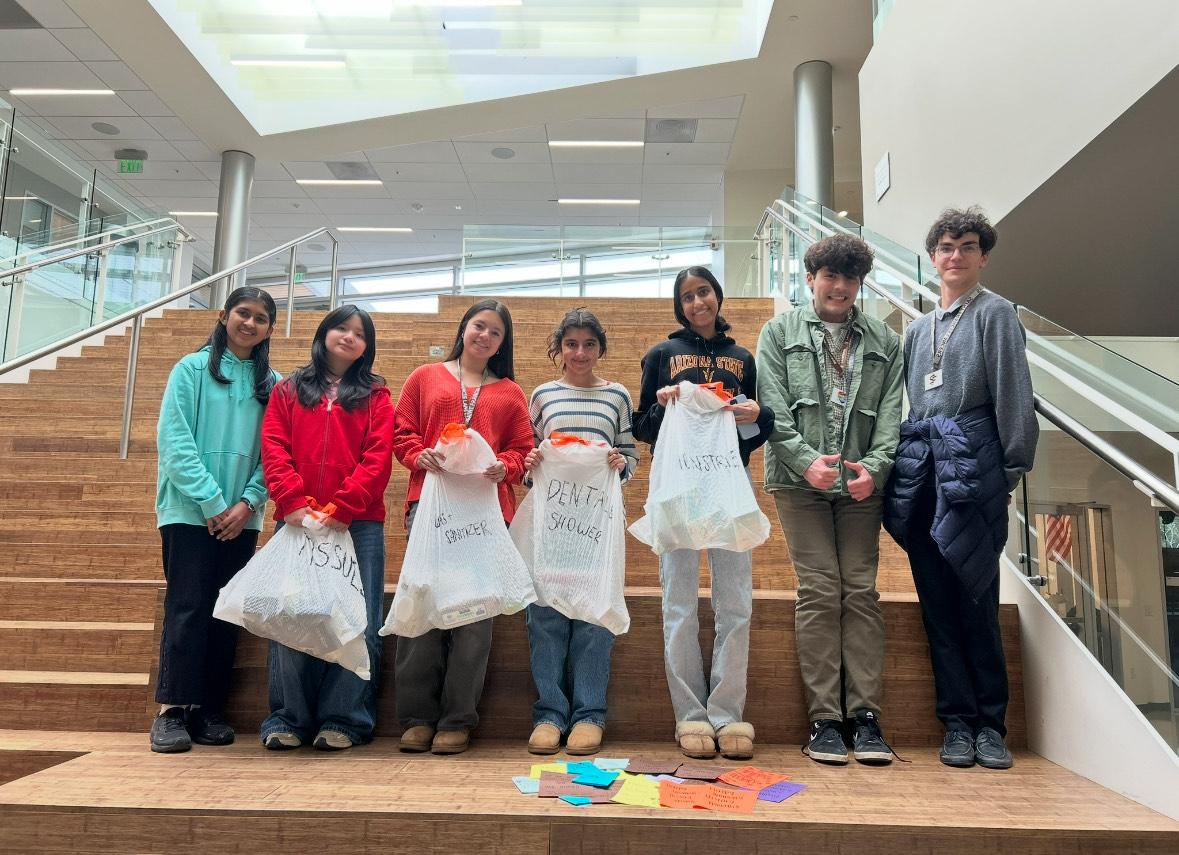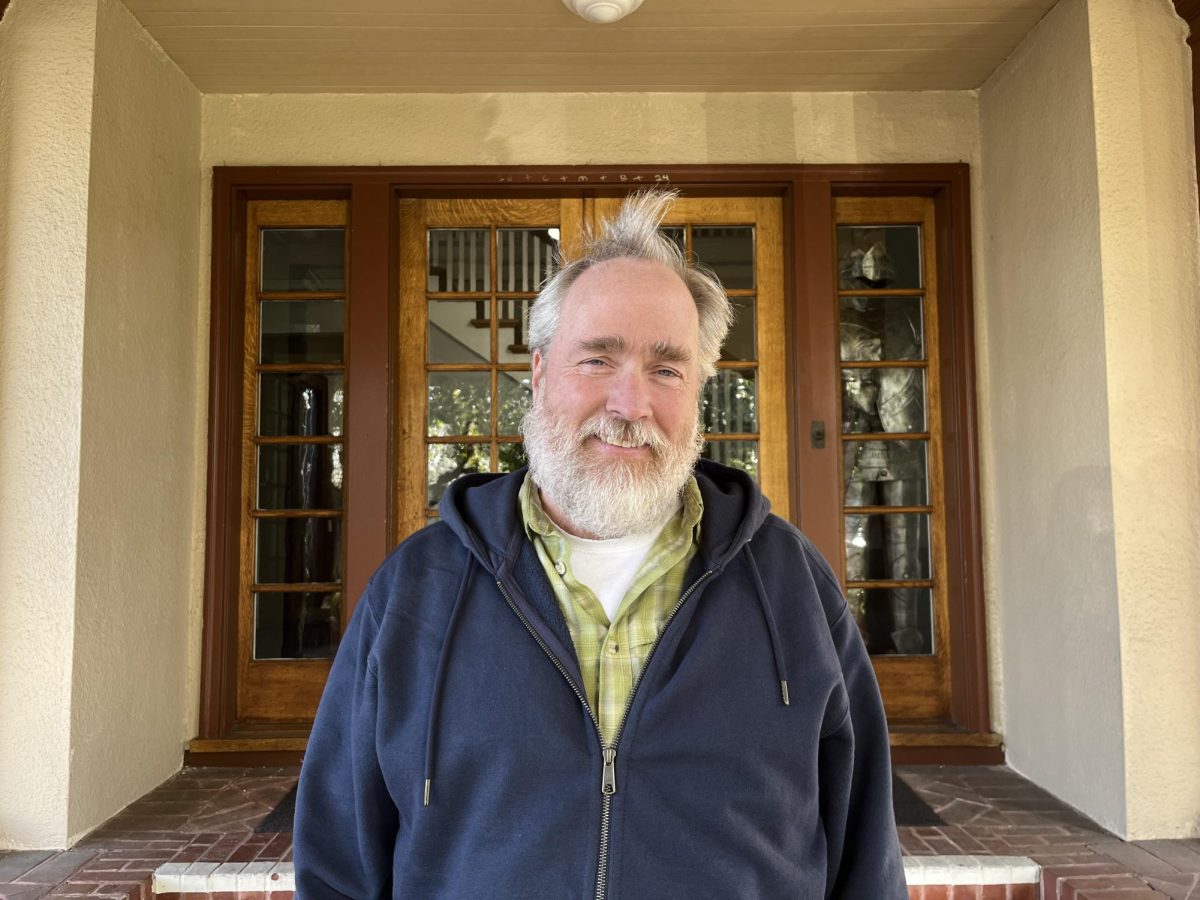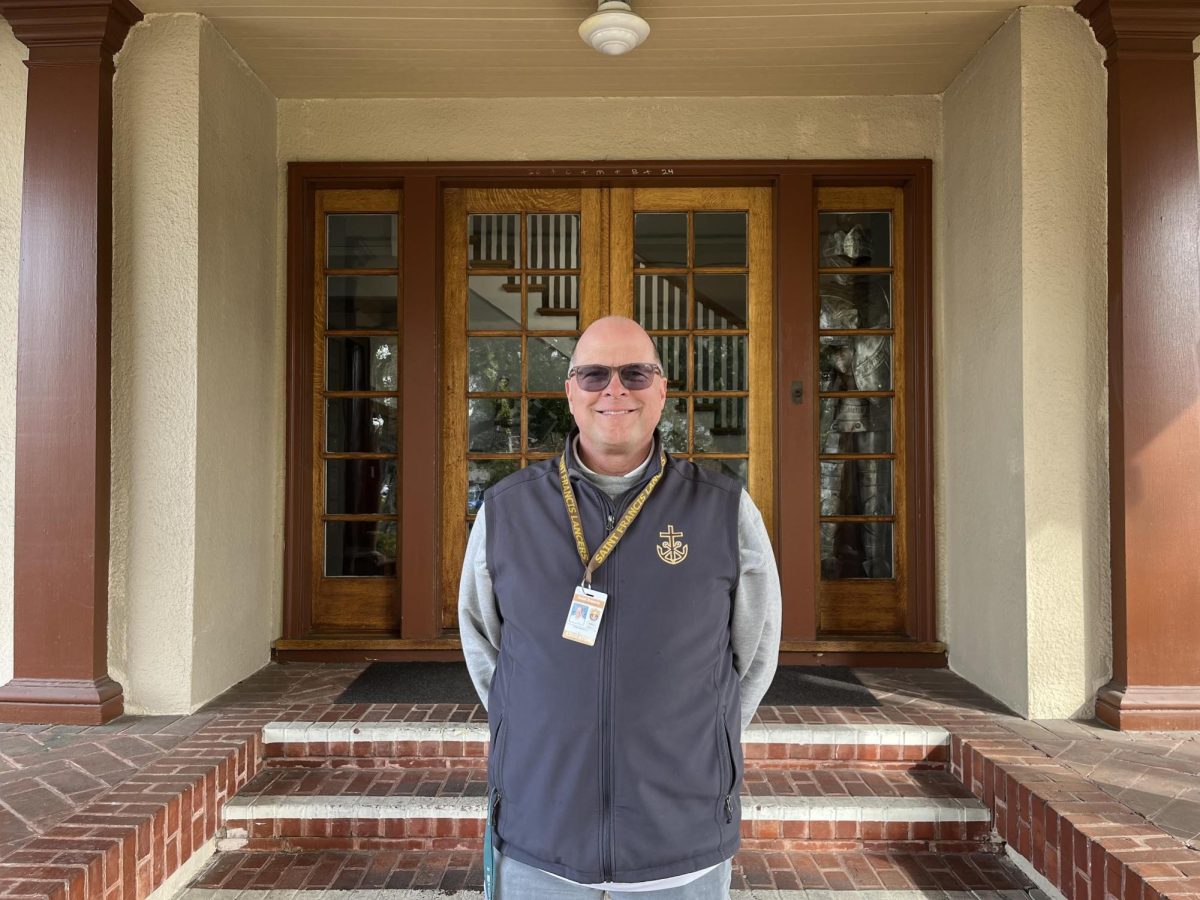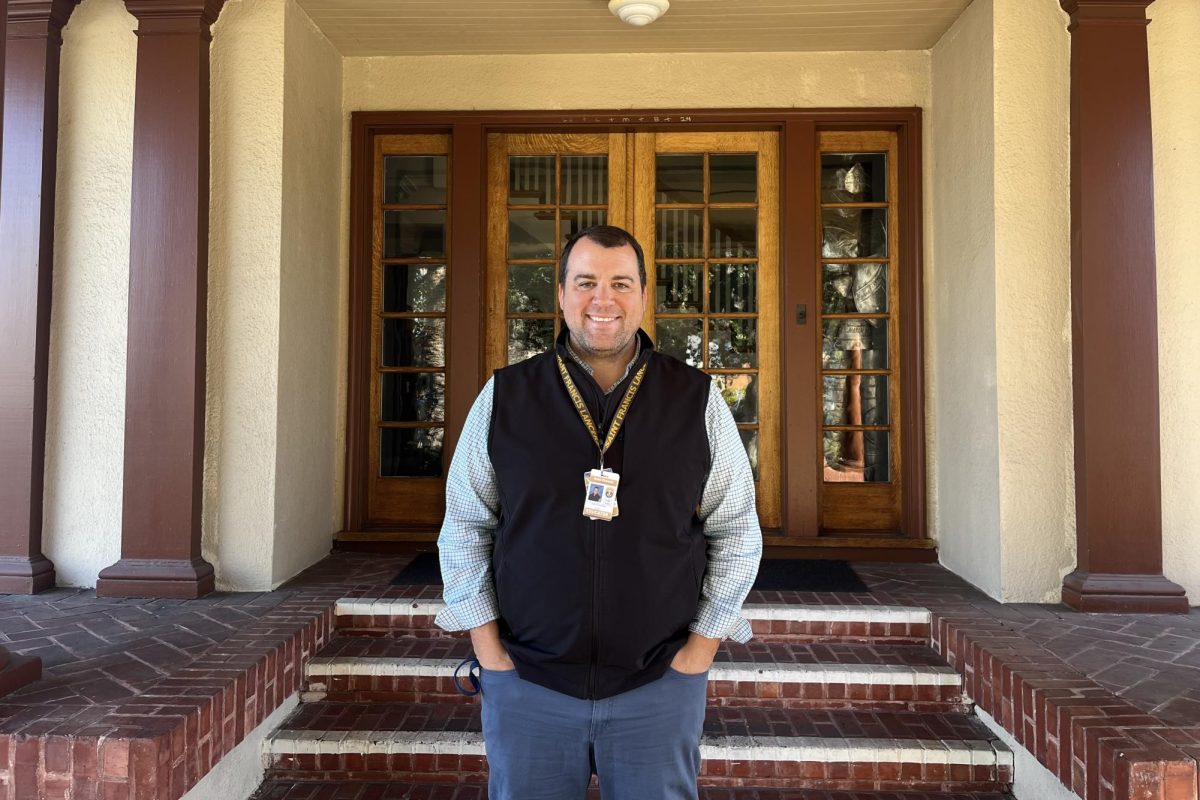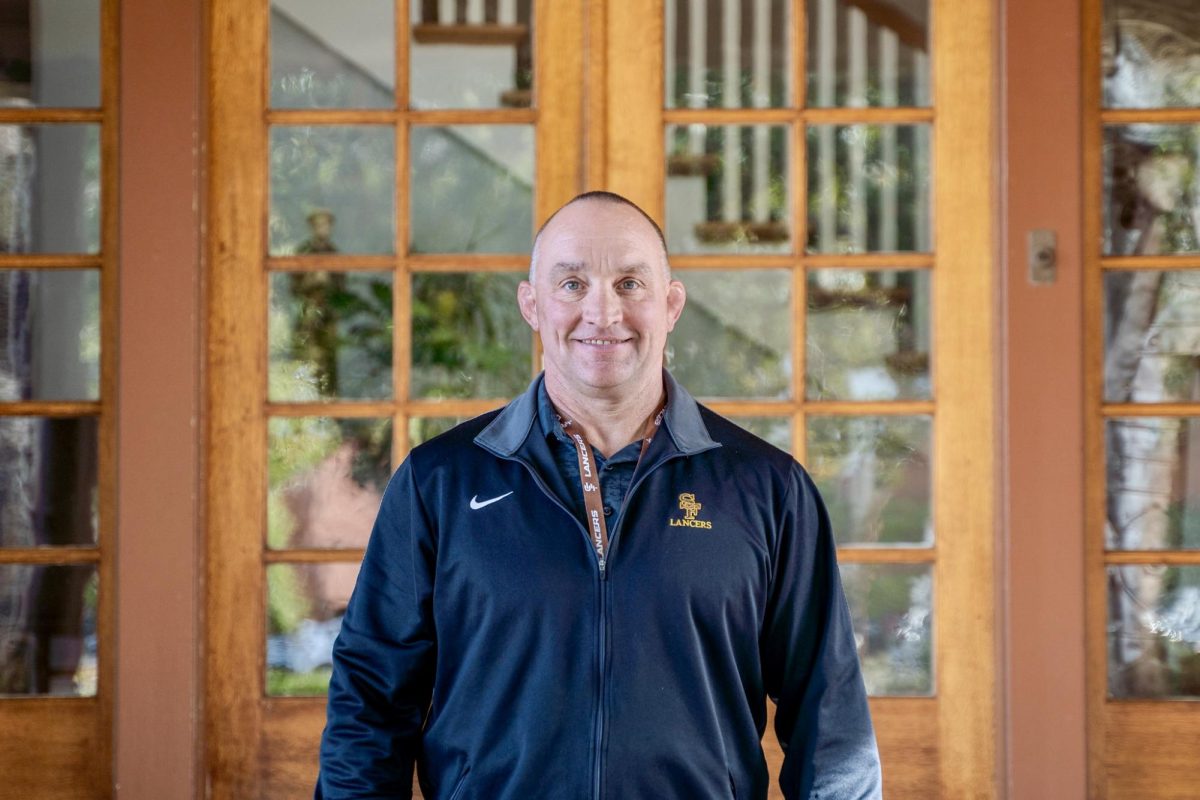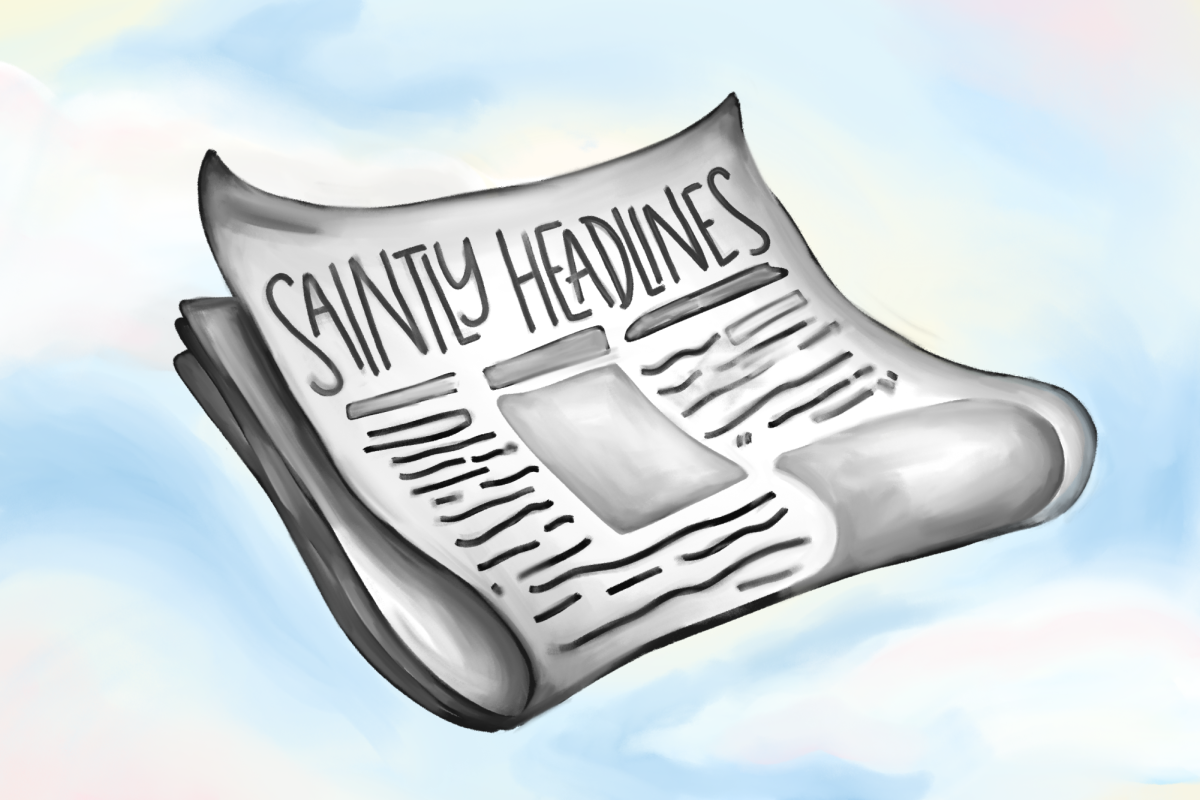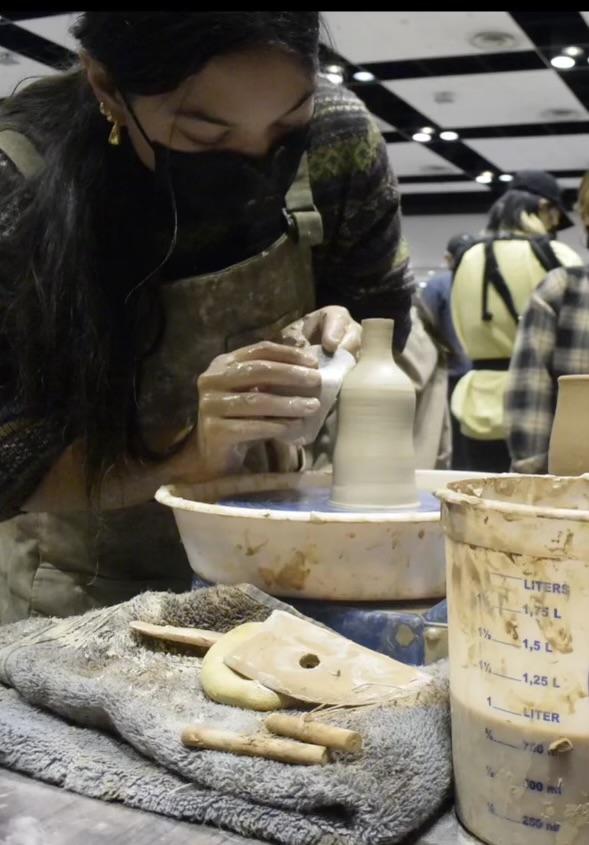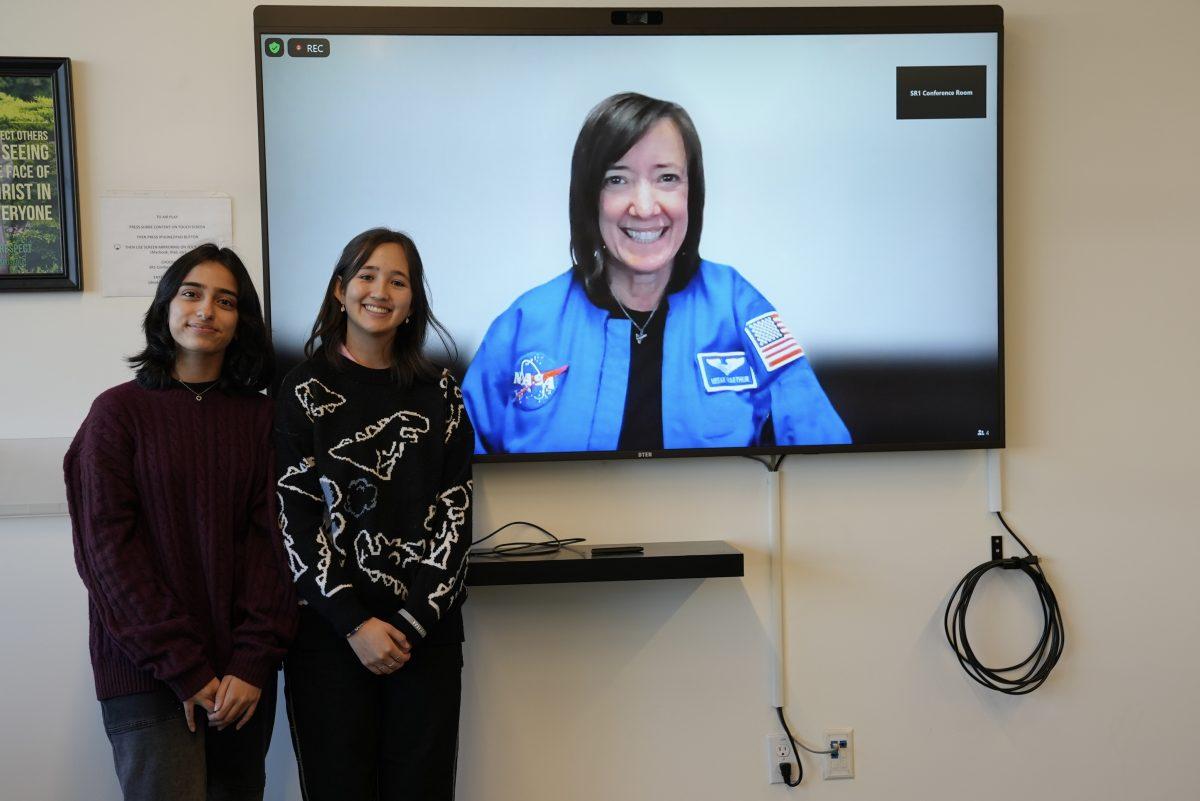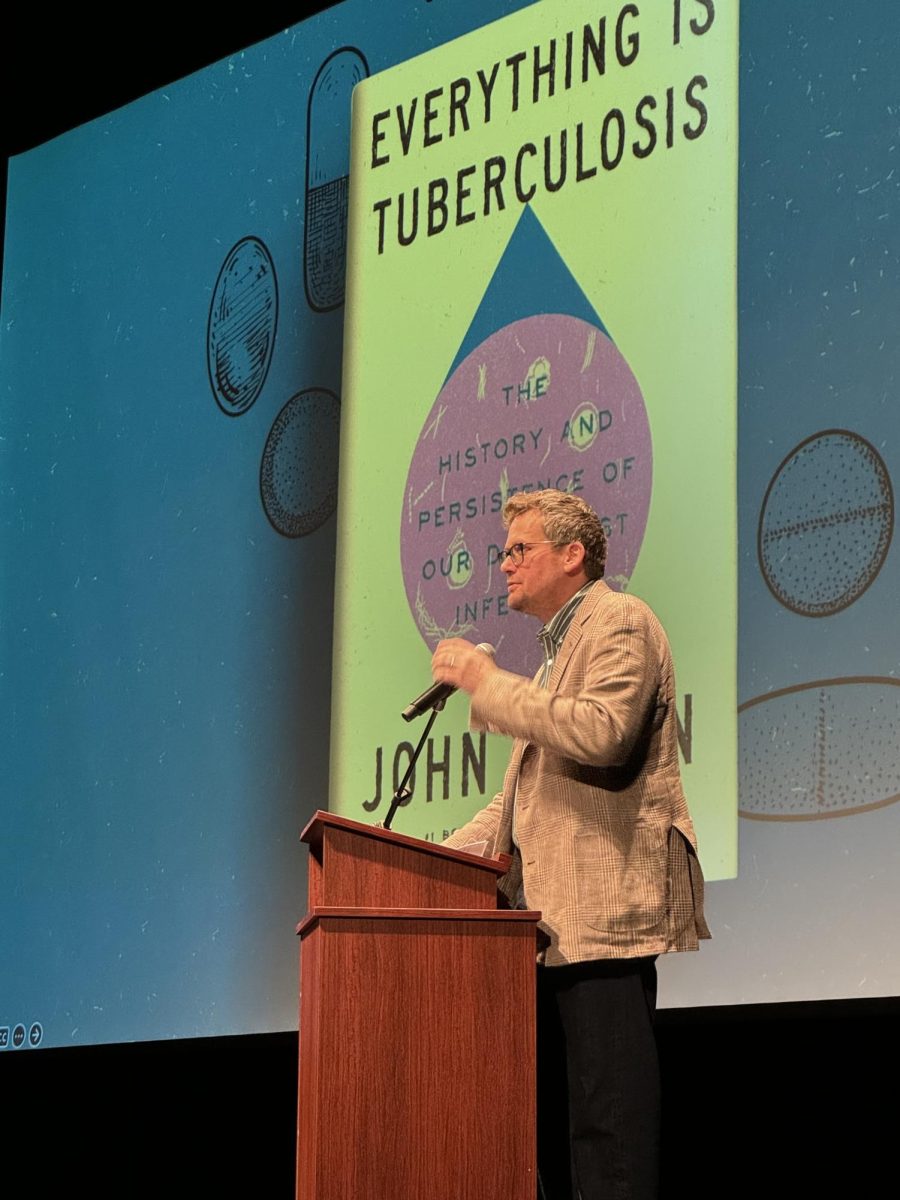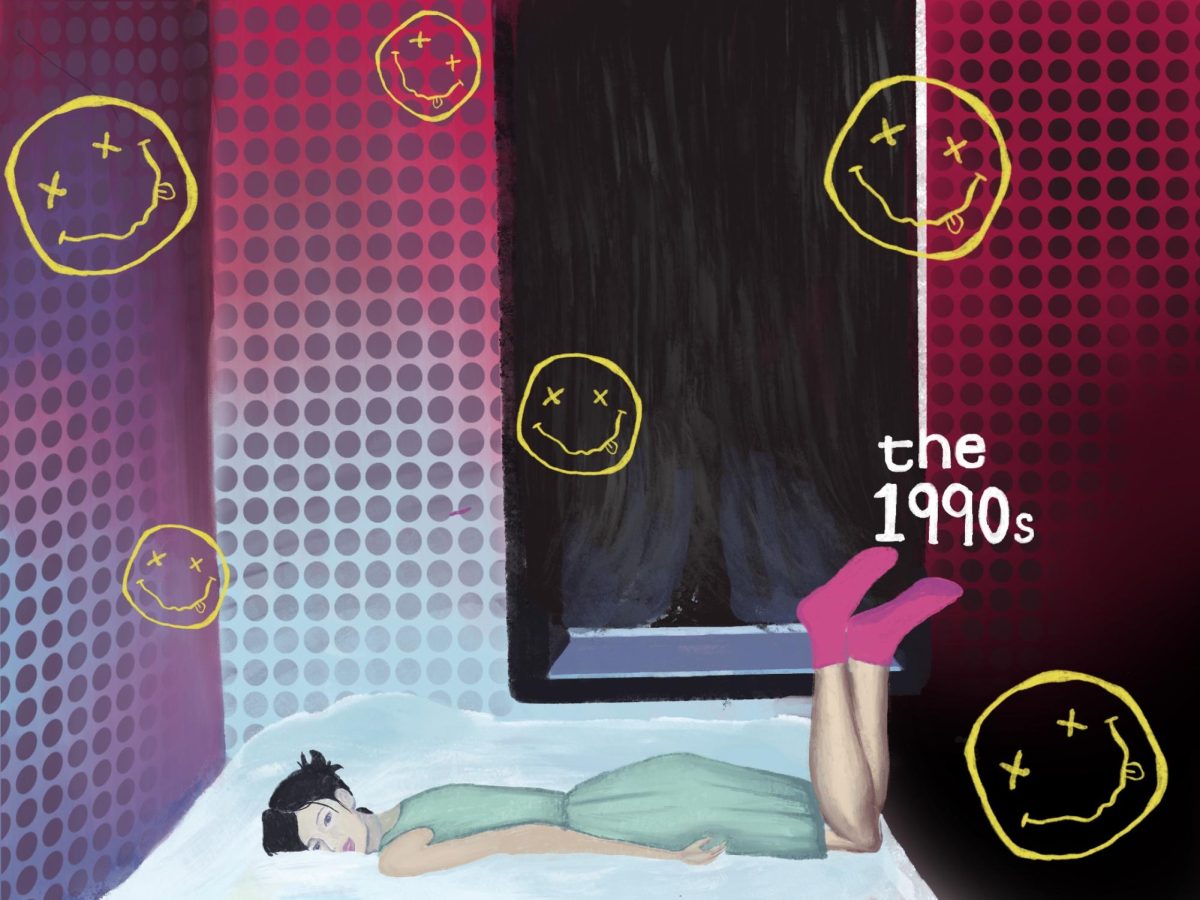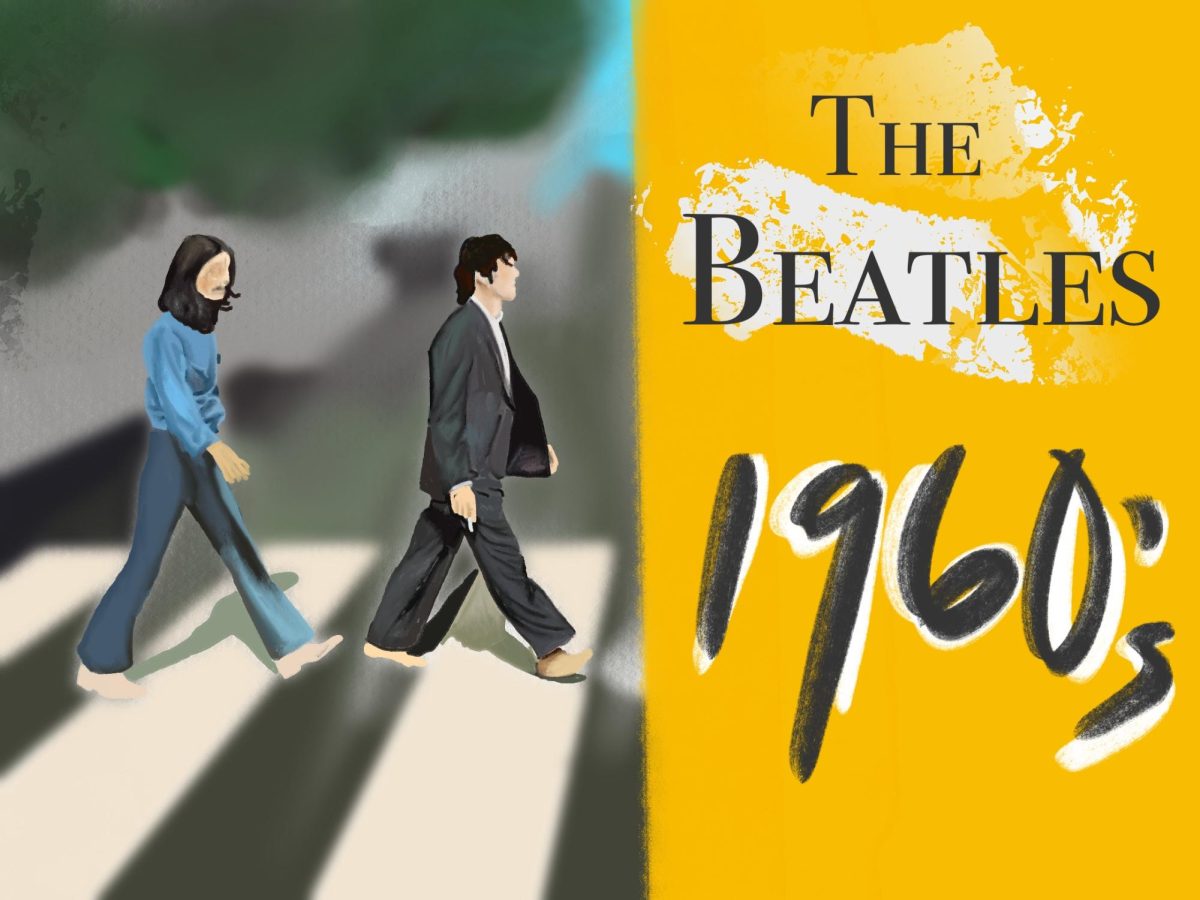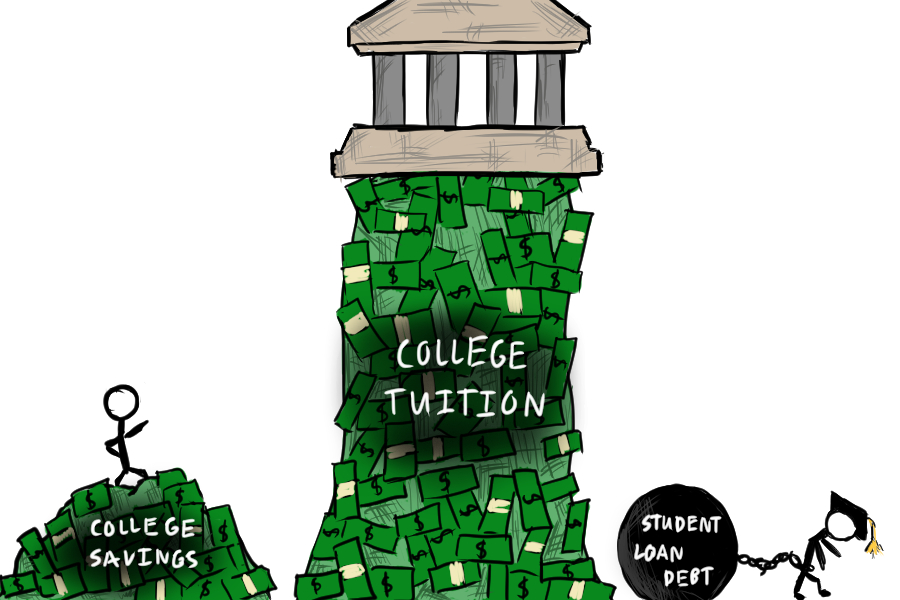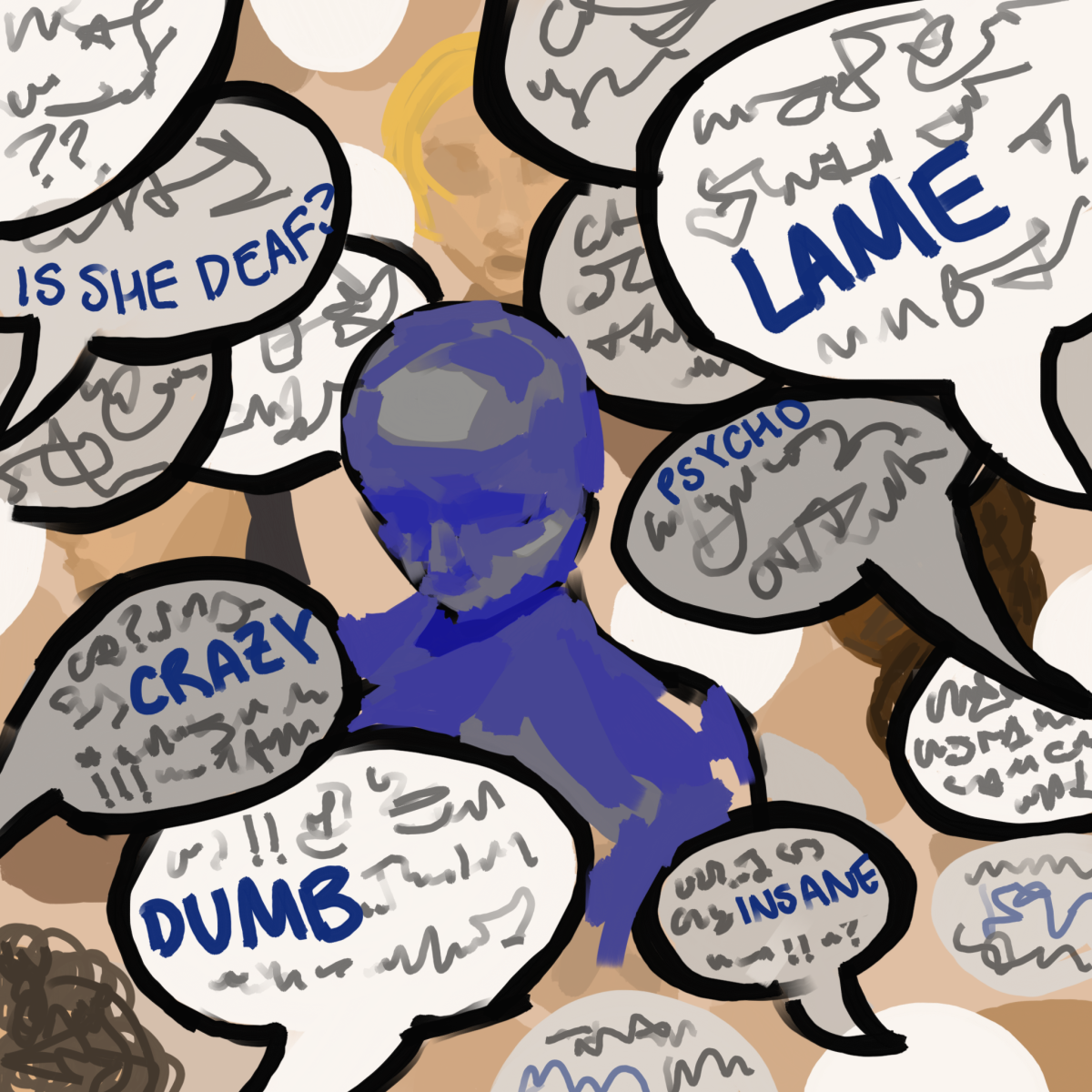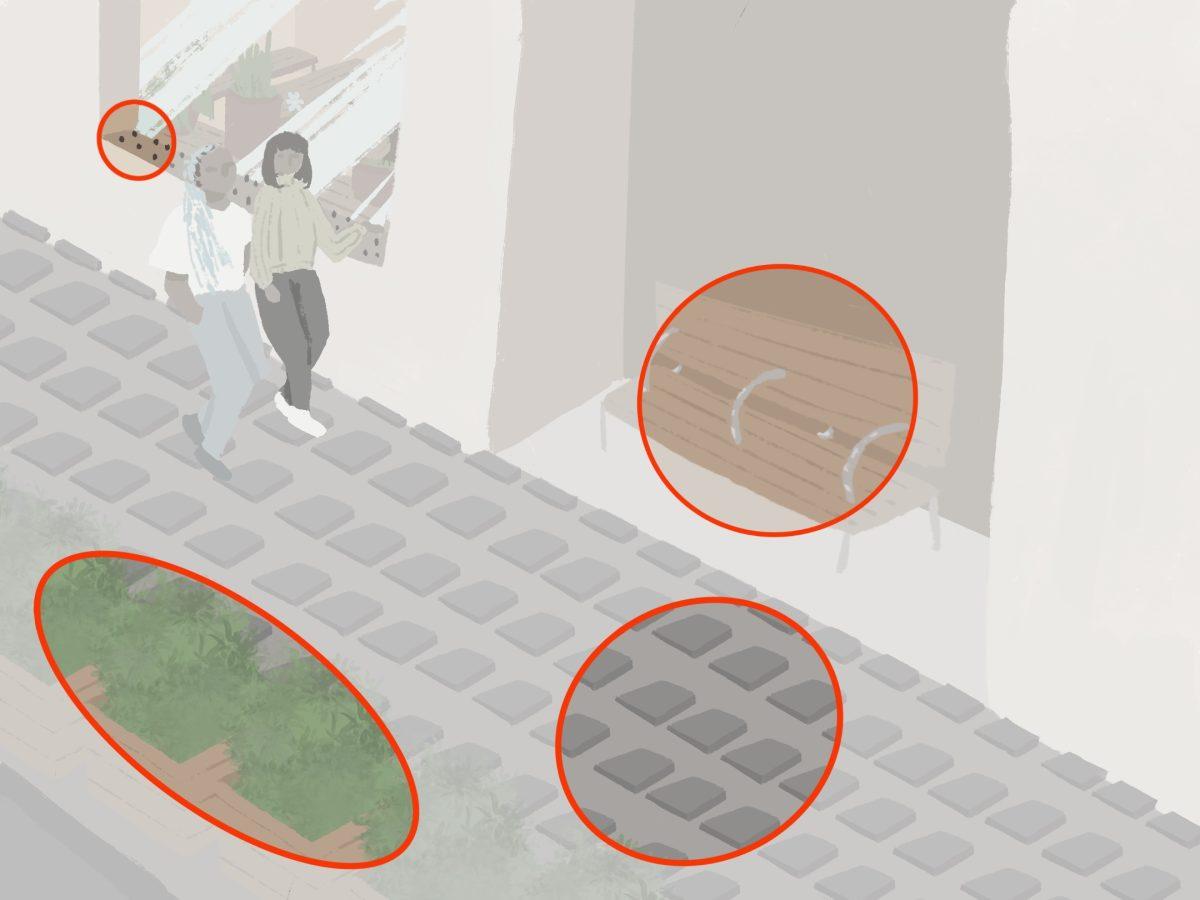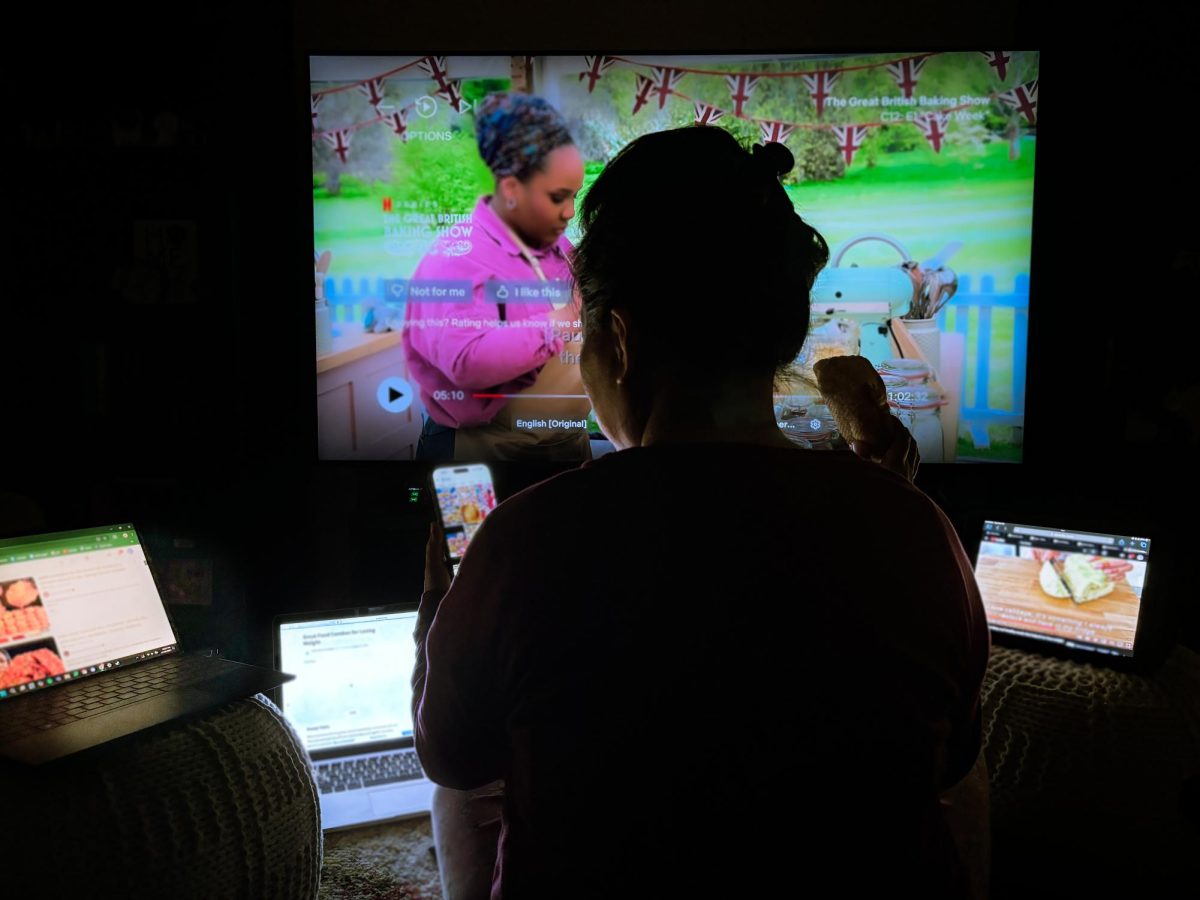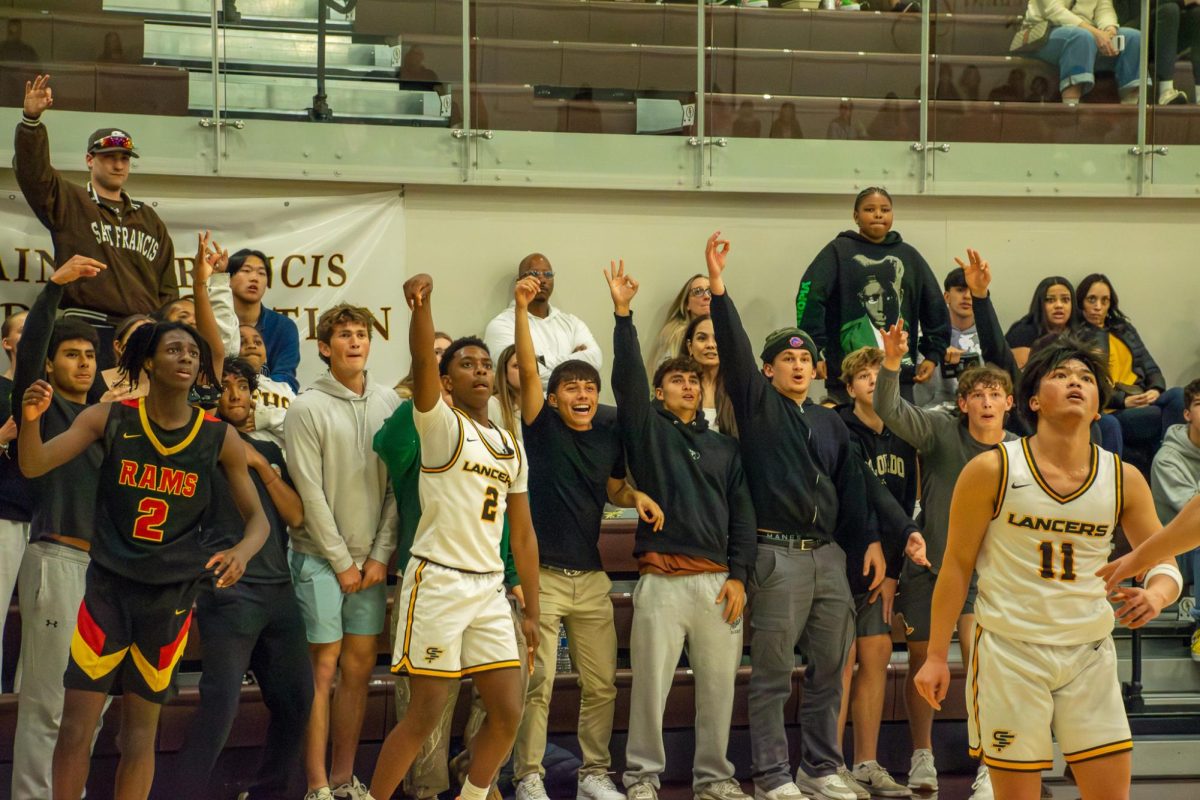by Arhana Aatresh (’23) | March 29, 2021

On March 11, 2020, the World Health Organization (WHO) declared the COVID-19 crisis a pandemic. By this time, the SARS-CoV-2 virus had already destroyed thousands of lives and was rapidly spreading in the United States, bringing life as we knew it to a halt. The major transition of work to a virtual medium and the global health crisis itself have left varying lasting impacts in the United States, but a common factor in these events was the initial federal and state responses to the pandemic. After more than 2.7 million deaths worldwide and a year of differently coordinated responses, public health officials have confronted painful lessons, scrambling to stem the mounting toll on humanity.
One of the most immediate observable effects of the pandemic was the shift to remote learning. In March, several school districts were unprepared to close and conduct classes virtually, leading to a large equity gap between those with resources and those without. Even as counties in the country are reopening, some districts are considering keeping virtual days as an option beyond the pandemic end, as it grants more comfort for some students, reduces commute time, and provides more flexibility. However, well-intentioned initiatives like these may put underfunded districts at a disadvantage; many schools are still unable to provide devices for each student, and managing virtual with in-person students would not improve efficiency. In addition to the education sector, this shift to virtual work has impacted the business world. Amazon saved nearly one billion dollars in air travel expenses in the third quarter of 2020, according to CFO Brian Olsavsky. For giant corporations, these expenditure reductions could translate to increased efficiency in manufacturing and distribution. According to a report conducted by IdeaWorks, up to thirty-six percent of business air travel may not resume after the pandemic ends. Such a decrease in air travel would have domino effects on airlines while positively impacting businesses’ productivity.
In the early days of the pandemic, public health messaging in America was characterized by confusing press briefings with conflicting information between public health officials and leaders, widespread false cures, and flippant dismissal of the crisis at hand, resulting in widespread xenophobia and racially motivated violence. In times of crisis, people turn to leaders for guidance. However, public health policy became politicized on the national stage, sparking debate over mask and vaccine efficacy—questions which only science can definitively answer. A 2020 Pew Research study reported that up to 25% of Americans believed elements of conspiracy theories claiming that the coronavirus outbreak was orchestrated. While it is easy to blame this statistic on the foolishness of some Americans, one must remember that belief in these falsehoods exists due to the inability of public health messaging to combat conspiracy; the lack of public health coordination concerning the pandemic response can be traced to the lack of both a trusted platform and support by the Trump administration. In stark contrast with other countries’ enforced contact tracing policies and concerted public health responses, a combination of non-compliance with public health guidelines and fewer state mask mandates in the U.S. has resulted in continued lockdowns more than a year later.
With new studies testing three-foot social distancing in classrooms, as opposed to the widely accepted six-foot distancing, and new guidelines for groups of vaccinated people, public health messaging is more important than ever. The Centers for Disease Control and Prevention (CDC) and WHO must use strong language to convey the significance of changing guidelines and scientific developments. According to Anne Schuchat, deputy CDC director, “The underinvestment in public health was a massive vulnerability for an effective response. We really needed accurate data to be able to forecast.” The past year revealed the importance of coordinated public health communication backed by statistics and will hopefully drive people to invest in public health studies for a better future.
At Saint Francis, students through the new Global Health Club and Future Medical Students Association strongly advocate for public health and science awareness—two increasingly important topics as the global population rises, new biological threats emerge, and humans innovate. The pandemic continues to serve as a deadly reminder of the necessity of funded health initiatives and preparedness in times of crisis. The future will hopefully see a renewed focus and investment in public health, and our generation must objectively assume the reins as leaders and scientists to pave the way.


